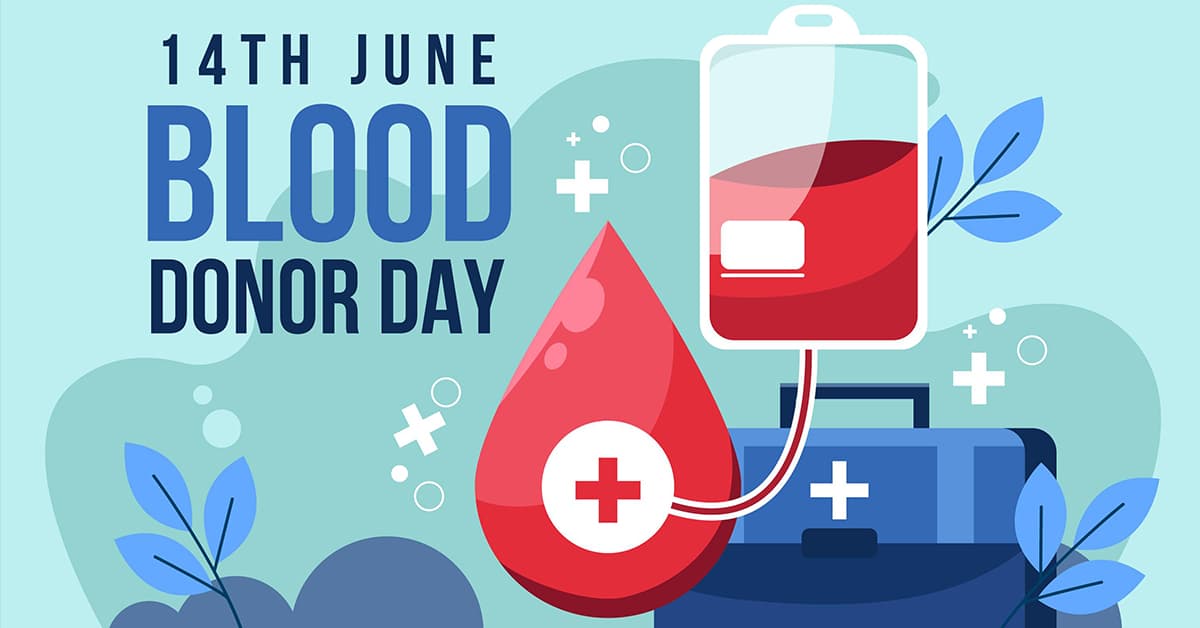World Blood Donor Day
World Blood Donor Day (WBDD) is held on June 14 each year. The event was organized for the first time in 2005, by a joint initiative of the World Health Organization, the International Federation of Red Cross and Red Crescent Societies to raise awareness of the need for safe blood and blood products, and to thank blood donors for their voluntary, life-saving gifts of blood.
The World Blood Donor Day theme for 2021 will be “Give blood and keep the world-beating.” The message emphasizes the critical role blood donors play in maintaining the globe pulsing by saving people’s lives and boosting the health of others. It underlines the global demand for more individuals to donate blood on a regular basis in order to contribute to better health of the society. This year’s campaign will place a specific emphasis on the role of youngsters in ensuring a healthy blood supply. Young people have been at the forefront of numerous efforts and projects aimed at establishing safe blood supplies via voluntary, unpaid blood donations in various countries. Despite the Covid-19 pandemic, several nations’ donors have continued to donate blood and plasma to individuals in need of transfusions. This exceptional initiative has underlined the critical importance of well-organized, devoted, volunteer, unpaid blood donors in guaranteeing a safe and sufficient blood circulation during emergencies for patients.
Criteria for donate blood
- The donor must be 18–65 years old and should weigh a minimum of 50 kg.
- Pulse rate – Between 50 and 100 without irregularities.
- Hemoglobinlevel- A minimum of 12.5 g/dL
- The donor must be fit and healthy, and should not be suffering from transmittable diseases.
Types of blood donation
There are several types of blood donations and one donor can help up to three patients.
- A single unit of blood can be separated into different components such as red blood cells, plasma and platelets.
- Whole Blood is the most common and most flexible blood donation. It is usually collected in one pint and used to help multiple patients, by being separated into different components.
- Plasma is collected through apheresis, which is the process that separates plasma from other blood components. It has blood clotting factors needed to help trauma patients and those battling certain diseases like cancer.
- Platelets are also collected through the apheresis process. Once platelets have been selected from the donor’s blood, the red blood cells and other fluids are returned to the donor. Cancer patients are the primary recipients of platelets as they play a vital role in cancer treatment.
- Double red cell donation is the collection of only red cells through the apheresis process. It allows donors to give double the amount of a whole blood donation. It can be used for anyone suffering from blood loss.

